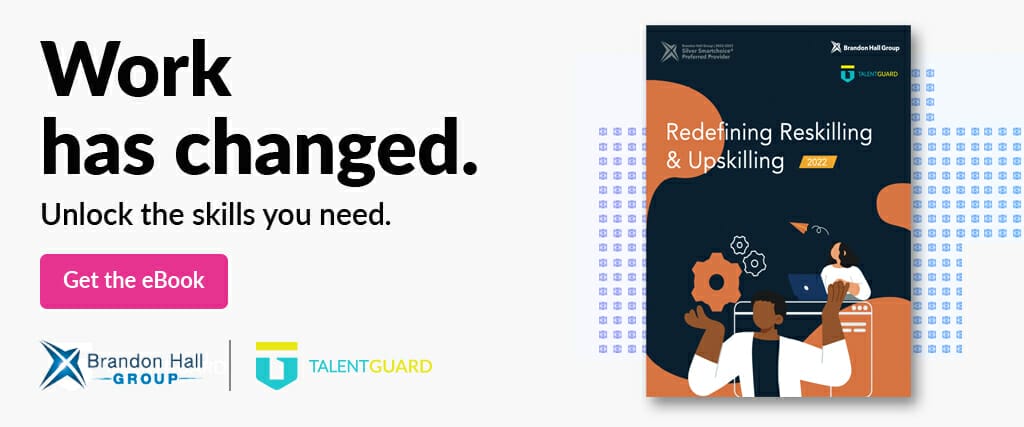Top HR Trends to Prepare for in 2023

The last two years have posed specific challenges for those who work in HR, mostly due to the pandemic. Businesses have had to learn how to operate successfully with fewer employees. Positions that were once fully staffed became vacant. Even the way organizations did business drastically shifted. And once the crisis was over, worker shortages posed additional issues that are still impactful today.
The pandemic forced companies and employees to make changes for which they weren’t ready. It prompted the creation of phrases such as “the great resignation” and “quiet quitting.” Some businesses — the ones that managed to make sustainable changes — survived or even thrived, but many others encountered setbacks. Largely, this was due to the inability to rapidly adapt.
In addition to issues raised by the pandemic, constant adaptation to new trends and technology is a challenge that companies, as well as human resources, will continue to need to adjust to. In fact, experts predict many changes will take place regarding the ways in which HR departments operate in 2023.
If there’s one thing the business world learned from the last few years, it’s the ability to react quickly to change. Focusing on the following HR trends as your organization moves forward into 2023 and beyond is a strong first step in building a future foundation, one that’s adaptable enough for whatever the future of work holds. Let’s discuss a few of the top trends to better prepare HR for the coming year.
Upskilling, Reskilling & Development
Now and in the coming years, there will be more need than ever for upskilling and reskilling. The World Economic Forum even goes so far as to predict half of the world’s workers will require reskilling by the year 2025. This is mostly due to several growing influences, including new technology, increased automation, and AI.
Companies should be focused on the tasks of upskilling and reskilling their workforce because it benefits everyone involved, employees especially. Research shows that most workers, given the chance, enjoy learning new skills that make them more valuable and marketable employees. According to ClearCompany, a whopping 94% of people surveyed admit they are more likely to stay with a company that actively invests time and effort in developing its employees. And there are other benefits, too. Employees who work at these companies tend to be more engaged and more satisfied. This translates into higher morale, higher production, less lost time, less money spent on training new individuals, and lower turnover rates.
Skill Building & Closing Skill Gaps
Skills have been a priority topic for HR departments for at least the last year, and that trend is expected to continue well into 2023 and beyond. In fact, according to McKinsey & Company, nearly 70% of businesses are doing more skill-building now than they did before the pandemic.
As the world moves to a more digital platform, and features such as automation and AI become more commonplace, there will more need than ever for additional training and education for employees. It’s the responsibility of HR teams to ensure these changes happen in the future.
As far as the present, skills gaps are opening rapidly across all industries and for multiple reasons. Skills gaps occur when businesses need skills that aren’t available. The current talent shortage plays a huge role, but so does the need for employees to understand increasingly complicated technology. There simply aren’t enough in-demand skills to go around, which is why successful HR departments must work to get out ahead of widening gaps before they become unmanageable.
Automation in HR
There are a lot of benefits to automating your HR processes. In fact, some estimate that the right type of automation or software can slash administrative costs by as much as 30%. But there are other reasons to embrace automation in the HR department, too. They include:
- Reduced operating costs
- Higher productivity
- Streamlined workflow
- Higher employee engagement
- Fewer errors
- Improved communication flow
Automation helps to relieve your HR personnel of performing mundane tasks. This, in turn, gives them the time they need to focus on people. With a focus on meeting the needs and expectations of your workforce, and the time to empower employees with the necessary skills and knowledge to help themselves, your company can come out ahead in 2023.
When you adopt the right HR software and train managers and employees on how to use it efficiently, you can do away with many of the problems that disrupt companies. But these benefits come with a willingness to change, and the need improve the tech skills of most who use it, which ties directly into your company’s ability to upskill.
DEI
Diversity, equity, and inclusion have direct impacts on employee satisfaction and morale. And DEI practices must be in place across the board at every administrative level in order for it to work as intended. According to Apprenticeship Minnesota, companies that factor in the top quarter in gender diversity are 21% more likely to outperform the competition. And companies in the top quarter for ethnic and racial diversity are 33% more likely to outshine companies that aren’t. This translates into greater profits, happier and more confident shareholders, and increased interest from investors.
Embracing diversity is not only necessary to keep your workforce happy and content, but it factors into every element of your success. In 2023, HR managers should work to fix any inequalities that exist within their organizations.
The year 2023 may be a stabilizer for companies who have been balancing precariously throughout recent challenges. But this will be true only if HR managers jump on board and embrace new trends in talent management, training, and retention. By prioritizing DEI, upskilling, and automation, and by working to close the skills gaps created by the pandemic, companies will have a better chance at remaining competitive through 2023 and beyond. More importantly, is the impact these efforts will have on the workforce. Companies that manage to prioritize people and their skills effectively will have the advantage.
How to Identify Skill Shortages with Succession
Identify skill shortages with succession planning enables organizations to unlock leadership potential and build a robust talent pipeline. By equipping employees with the skills they need to take on higher-level roles, companies can ensure a seamless transition of leadership and reduce reliance on external hiring. In this post, we’ll explore how targeted upskilling initiatives can […]
How to Prepare Managers for Upskilling
To meet the challenges of digital transformation, changing market demands, and talent shortages, organizations must prepare managers for upskilling as both leaders and learners. By equipping them with the tools, knowledge, and strategies needed to develop their teams effectively, businesses can foster a culture of continuous learning and innovation, ensuring long-term success in a competitive […]
Developing Internal Talent: What You Might Be Missing
Developing Internal Talent: What You Might Be Missing Organizations across the United States and the world are suffering from a lack of talent as they continue to expand. Businesses are struggling to fill key roles that can help ensure the long-term growth of the company. The pandemic has changed the ways that employees see work […]




